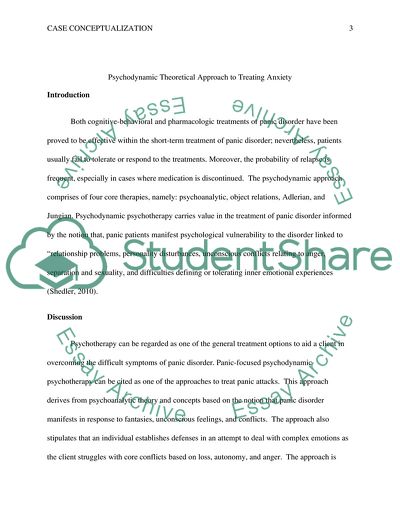Cite this document
(“Case Conceptualization Admission/Application Essay”, n.d.)
Retrieved from https://studentshare.org/psychology/1634317-case-conceptualization
Retrieved from https://studentshare.org/psychology/1634317-case-conceptualization
(Case Conceptualization Admission/Application Essay)
https://studentshare.org/psychology/1634317-case-conceptualization.
https://studentshare.org/psychology/1634317-case-conceptualization.
“Case Conceptualization Admission/Application Essay”, n.d. https://studentshare.org/psychology/1634317-case-conceptualization.


